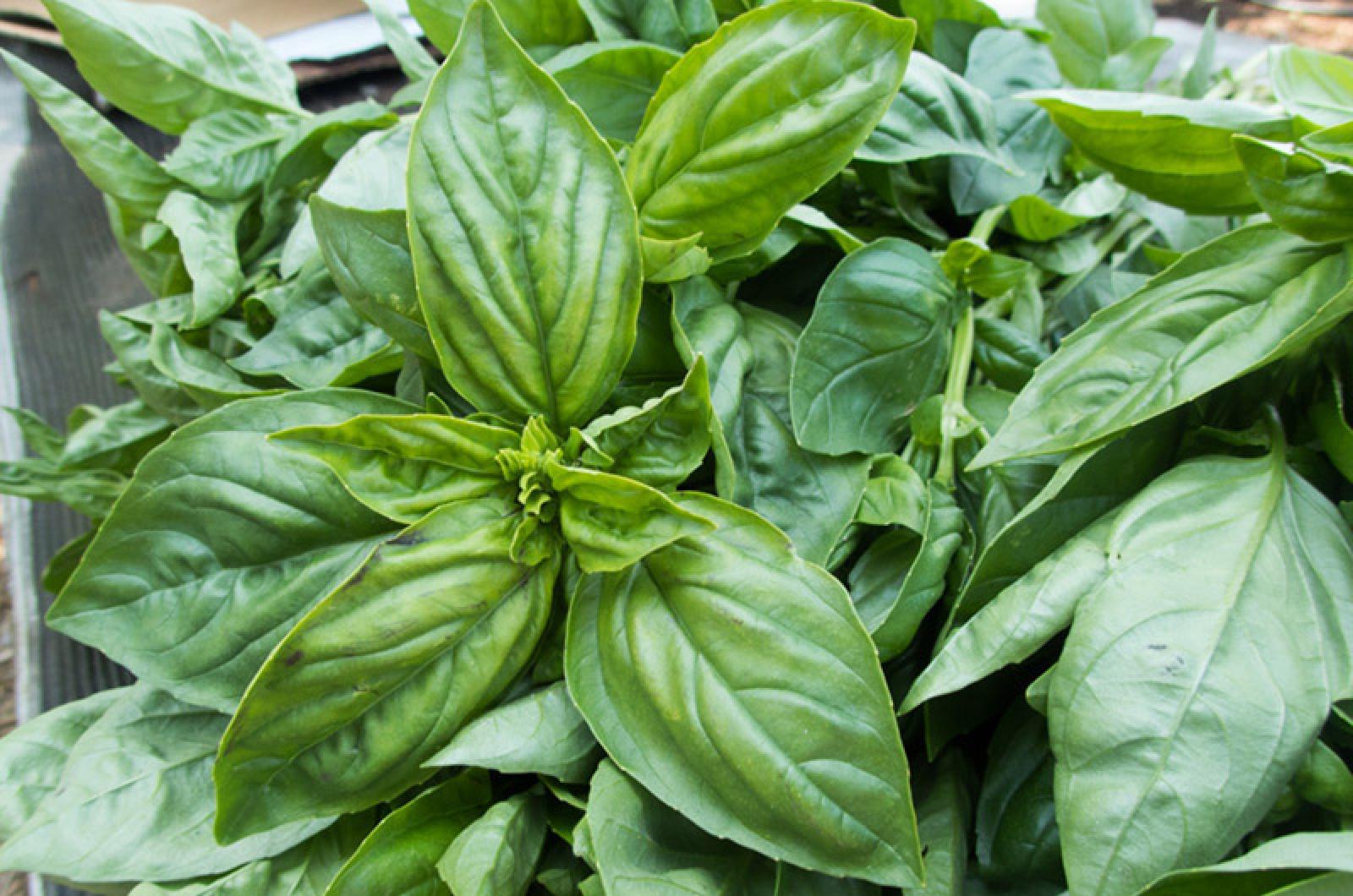It is easy to spice up your holiday on Valentine’s Day. Your love life can be improved just by going to your pantry. Much of the spices and herbs in your spice rack can make kitchen and relationship magic. It is easy as pie if you know the power of herbs and seasonings.
Plants have inspired love and lovers throughout history.
Greek mythology cites a story of love gone wrong and its herbal result. Persephone, the Queen of the Underworld and Goddess of Spring, was married to Hades. Hades strayed, taking the nymph Menthe as a mistress. When Persephone discovered the affair, she turned Menthe into a plant. To soften the blow, Hades adjusted her spell to make the plant pleasantly scented when crushed or trod upon. This plant became known as spearmint, which brings love, healing and wisdom.
Romans considered basil the herb of love, burning its leaves for love spells and including them fresh or dried in potions. Pliny the Elder, a naturalist of the time, suggested using anise in wedding cakes to promote love and vigor in the newlyweds. That might also explain the amorousness of the wedding guests, too!
Cleopatra believed saffron to be an aphrodisiac, stimulating the erogenous zones of her lovers. She might have been onto something, since saffron contains picrocrocin, a compound that has a hormone-like effect. In Persia, saffron was sprinkled on the marital bed of newlyweds to encourage sex and increase fertility. It was advised, however, to use saffron in moderation due to its potent effects.
During the Victorian Era, tussie-mussies, small bouquets of flowers and herbs that each had their own meaning, were given. Every plant in the bouquet had its own symbolism. Lavender was for love and devotion, and could be burned in the fire to attract a mate or dried for eternal love. Bay leaves suggested fidelity and the glory of love. It was advised to carry them in your pocket or add them to bath water to find love. Sage suggested domestic virtue and a long life, marjoram, blushes and joy, and parsley, festivity. Thyme would be used for affection and deep friendship; the Victorian version of “it’s not you, it’s me.”
Seeds also had potency. Fennel was an ingredient in love spells, believed to inspire strength, awaken love and encourage flattery. Sprinkle dill seeds around the home to protect and strengthen existing love. Coriander seeds brought reconciliation, faithfulness and continued happiness, and were mainly recommended for couples long wed. Caraway seeds enhanced lust, though the advice to put it in your partner’s pocket to stop them from infidelity seemed counterintuitive.
Fiery and impassioned love came from the use of the fiercer spices. Cinnamon for passion and wild abandonment, ginger to cure impotence and arouse a reluctant lover, paprika to flame attraction, and chili for heat and vitality. The romantic cook can use all of these flavorings creatively, and even non-cooks can deploy them and enjoy them in all their variety — which, as we know, is the spice of life.
Suzan Bellincampi is director of the Felix Neck Wildlife Sanctuary in Edgartown, and author of Martha’s Vineyard: A Field Guide to Island Nature.






Comments
Comment policy »